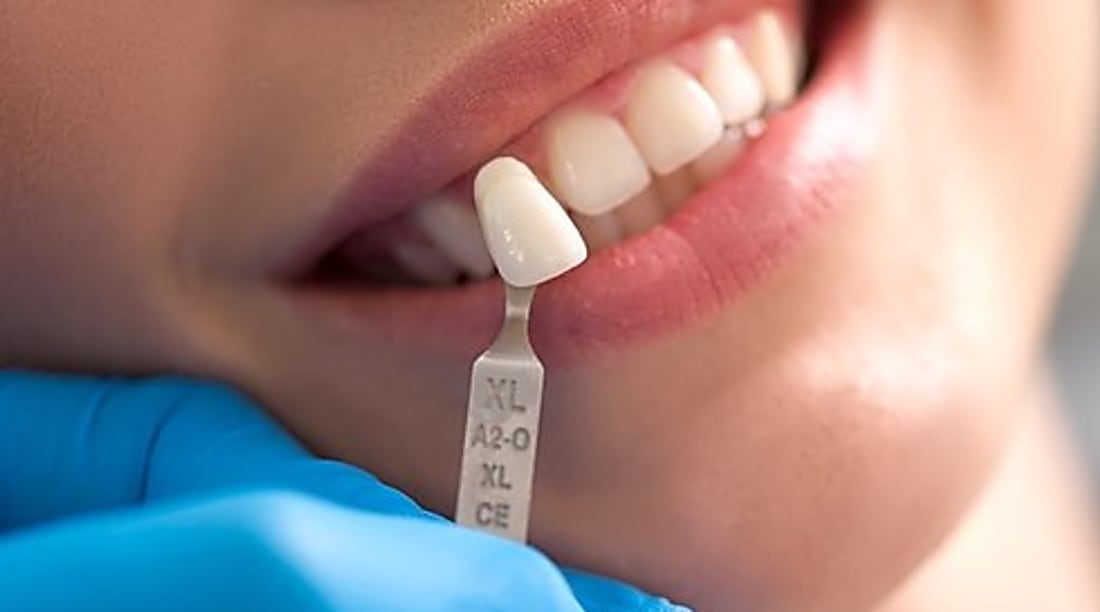Understanding Natural-Looking Dental Crowns: Materials, Costs, and Care in the United States 2025
Did you know that advancements in 2025 will make natural, affordable dental crowns accessible across the entire United States? This article thoroughly explores the materials, step-by-step process, and key tips for maintaining crowns that blend seamlessly with your beautiful smile.

How Natural-Looking Dental Crowns Contribute to Your Smile
Selecting the right materials and customization process is crucial for achieving a natural appearance with dental crowns. Porcelain and ceramic crowns are popular for front teeth because they closely mimic the translucence, color, and texture of natural teeth. This ensures dental restorations integrate visually, preserving the harmony of your smile.
In 2025, numerous dental clinics employ digital impressions and 3D imaging technology to produce crowns tailored to your individual tooth shape and shade. Such personalization supports a better fit and enhanced aesthetic outcome—key elements in achieving a natural look.
Examining Cost Considerations for Dental Crowns
The price of dental crowns varies significantly based on location, materials, and providers. While the national average for a single crown may be around $1,600, some dental offices offer options starting near $500 per crown. For instance, clinics with in-house dental labs can potentially lower costs by fabricating crowns onsite, which may also improve precision.
Many dental providers accept PPO insurance plans—including Aetna, Cigna, Delta Dental, and United Healthcare—that might cover crown procedures when medically necessary. Insurance benefits can help reduce out-of-pocket costs. Additionally, flexible payment plans and financing options are often available to aid patients in managing treatment expenses.
Common Materials for Natural Dental Crowns
Various materials affect the durability, appearance, and cost of dental crowns. Common options emphasizing natural aesthetics include:
- Porcelain Crowns: Known for their translucent qualities and ability to match tooth color, porcelain crowns are frequently used for front teeth where appearance matters most. With proper care, these crowns can last 10 to 20 years or more.
- Ceramic Crowns: Providing a strong, tooth-colored alternative suitable for front and some back teeth, ceramic crowns offer good aesthetics and increased strength.
- Metal and Gold Crowns: Typically used on molars that require durability, these crowns do not imitate natural tooth appearance and are less common in visible areas.
Porcelain and ceramic crowns remain preferred choices for restoring teeth with a look closely resembling natural dentition.
Overview of the Dental Crown Placement Process
The procedure for receiving a natural-looking dental crown involves the following stages:
- Consultation and Evaluation: A dentist examines your tooth condition through exams and often X-rays to decide if a crown is suitable.
- Tooth Preparation: The dentist reshapes the tooth to create space for the crown, typically under local anesthesia for comfort.
- Digital Impressions: Advanced scanners capture precise digital molds of your teeth, improving accuracy and reducing discomfort compared to traditional impressions.
- Temporary Crown Placement: A temporary crown protects the tooth during the creation of the permanent crown.
- Crown Fabrication: Using the digital models, your custom crown is produced—often onsite—using quality materials.
- Fitting and Cementation: The permanent crown is fitted, with color and bite alignment checked, then bonded securely in place.
This process supports the creation of a crown that fits properly and restores both appearance and function.
Maintaining Your Dental Crowns
Proper care aids in extending the lifespan and appearance of your crowns:
- Brush gently twice daily with a soft-bristle toothbrush.
- Floss daily to keep the crown margins clean.
- Avoid biting hard items such as ice or sticky sweets.
- Attend regular dental check-ups to monitor crown condition and oral health.
With suitable maintenance, porcelain and ceramic crowns can remain functional and visually attractive for many years.
Additional Functions of Dental Crowns
Besides enhancing appearance, dental crowns serve multiple practical purposes:
- Shield weakened teeth from additional damage.
- Restore normal biting and chewing abilities.
- Help prevent infections caused by tooth damage.
- Provide support for dental bridges or implants.
- Enhance patient confidence by improving tooth aesthetics.
Dental crowns play a vital role in dental restoration and overall oral health.
Considerations for Accessing Dental Crowns Affordably
To make dental crowns more affordable in 2025, think about these tips:
- Choose dental providers with in-house labs to potentially lower fabrication costs.
- Confirm if your PPO insurance plan is accepted and understand what coverage applies.
- Explore payment plans or financing options provided by the clinic.
- Select porcelain or ceramic crowns for front teeth to achieve a natural look.
- Prefer providers using digital scanning and 3D imaging for customized fittings.
These considerations can assist in balancing cost with quality and aesthetics.
Final Summary
Obtaining a natural-looking dental crown involves choosing suitable materials, utilizing modern dental technology, and maintaining good oral hygiene practices. Advances in dental care, along with insurance and payment options, contribute to broader accessibility for many patients in the United States in 2025.
Sources
- Prairie Dental Group - Types of Dental Crowns
- Smile Perfection Dental & Braces - Front Dental Crown
- SMI Dental - Affordable Dental Crowns in St. Petersburg, FL
Disclaimer: All content, including text, graphics, images and information, contained on or available through this web site is for general information purposes only. The information and materials contained in these pages and the terms, conditions and descriptions that appear, are subject to change without notice.




